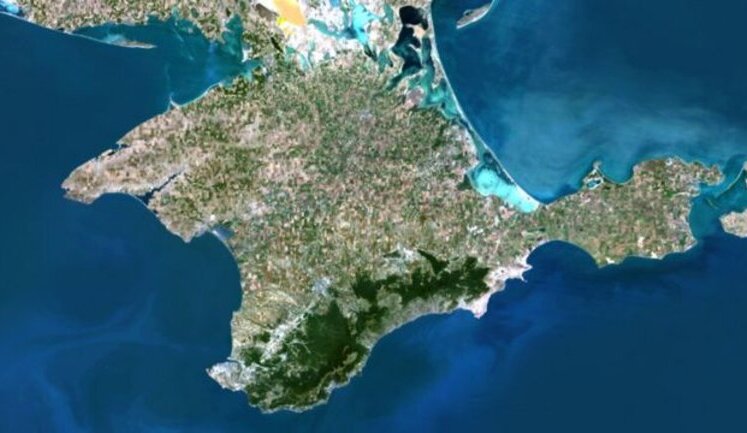The geopolitical landscape of Crimea remains a focal point of global tension in 2025. The discourse around Crimea involves potential U.S. recognition of Russian control, a move considered a "huge mistake" by former Ambassador Chalyi due to its implications for Black Sea region stability. Meanwhile, Ukraine firmly opposes any compromises on its constitutional stance against territorial concessions, as emphasized by President Zelenskyy, who deems relinquishing Crimea unacceptable. Drone strikes and military actions in regions like Perevalne and Sevastopol highlight the ongoing conflict and Ukrainian resistance efforts. International voices, including the European Commission and Turkey, continue to support Ukrainian sovereignty, rejecting any move to formalize Russian claims over Crimea. As the situation evolves, Crimea's status remains a central issue in diplomatic and military stratagems.
What would make recognizing Crimea as Russian a mistake?
Recognizing Crimea as Russian is viewed as a mistake because it undermines Ukraine's territorial integrity, potentially encourages further aggression, and shifts regional power dynamics by legitimizing Russia's occupation of a strategic Black Sea region.
How has Ukraine reacted to potential U.S. recognition of Crimea as Russian?
Ukraine has strongly opposed any potential recognition of Crimea as Russian, with President Zelenskyy reiterating that giving up Crimea would violate Ukrainian sovereignty and is not negotiable under the nation’s Constitution.
What military activities are occurring in Crimea in 2025?
In 2025, there have been significant military activities, including Ukrainian drone strikes on Russian military targets such as airfields and missile systems in Crimea, underscoring Ukraine's ongoing resistance to Russian occupation.
What is the international community's stance on Crimea?
The international community, particularly the EU, Turkey, and other allies, largely supports Ukraine's claim over Crimea, consistently affirming Ukraine's sovereignty and rejecting any recognition of Russia's annexation of the peninsula.
How does the dispute over Crimea affect NATO relations?
The dispute over Crimea poses a diplomatic challenge within NATO, as member countries must balance support for Ukraine with managing relations with the U.S. if it pursues recognition of Russian control, potentially causing internal tensions.
What are the humanitarian impacts of the occupation in Crimea?
The occupation of Crimea has led to significant humanitarian issues, including displacement, increased surveillance, and cultural suppression of Crimean Tatars. Recent reports highlight mass searches and growing disease incidences, exacerbating humanitarian concerns.
What is Ukraine's legal stance on negotiating Crimea's status?
Ukraine maintains that any discussions about Crimea must align with its constitutional commitment to territorial integrity, asserting that no legal recognition of Russian occupation can be made without violating national and international law.
What strategic military targets are in Crimea?
Crimea hosts several strategic Russian military installations, including naval facilities, airfields, and defence systems. These sites are frequently targeted by Ukrainian forces as part of their counter-offensive strategy.





































































